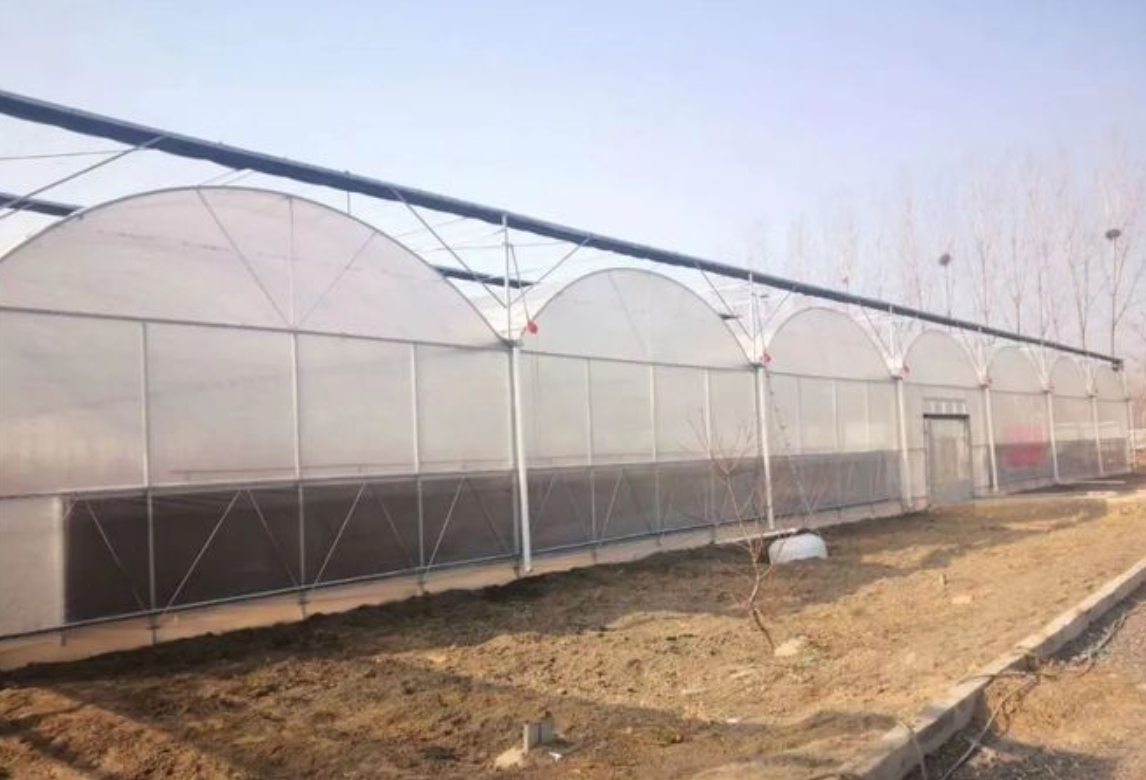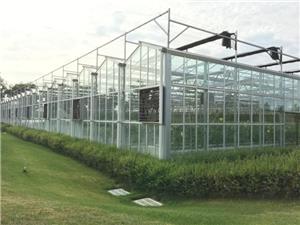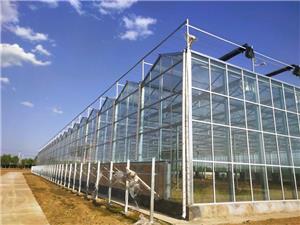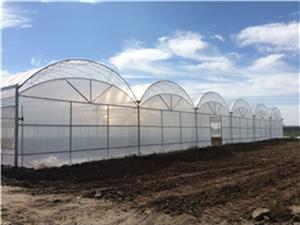How to Select the Type of Greenhouses for Agricultural Park Construction
The advancement and development of modern agriculture is an important strategy for rural revitalization in the 21st century. The application and upgrading of greenhouse facilities in facility agriculture are important equipment for growing fruits, vegetables, etc. So, when building greenhouses in agricultural parks, how should the types be selected?
1. Dutch-style glass greenhouse
This glass greenhouse is modeled after the Dutch network-type greenhouse. Its advantages include the diffuse reflection glass, aluminum alloy gutter, and internal intelligent soilless cultivation materials. It is designed for growing tomato and other solanaceous plants and has the features of intelligence and high yield. However, its disadvantages are that the energy consumption is high in northern regions and the initial construction cost is relatively high.

II. Ordinary Glass Greenhouse Structures
Ordinary glass greenhouses are domestic glass greenhouses that have been improved based on the Dutch lattice-type glass greenhouses. They have added an external shading system to the glass greenhouses, with the surrounding walls being made of insulating glass. They have also enhanced the efficient internal insulation and wall insulation systems. In northern regions, hollow sunlight panels can be used as covering materials on the top. The purpose is to increase insulation performance and the cooling performance in summer, and to meet the purposes of seedling cultivation, vegetable planting, and flower planting. The disadvantage is that the cooling system's fans and water curtains have a north-south distance limitation of around 50 meters.
III. Winter-Heated Solar Greenhouse Structures
The solar greenhouse sheds are divided into the excavated type solar greenhouse sheds. The ones in Shouguang area are the most famous. This type of greenhouse relies on walls and semi-underground structures, and has good insulation performance. It can overwinter without heating. The disadvantage is that with the increase of autumn rainfall in recent years, semi-underground solar greenhouses are prone to flooding. Therefore, in recent years, there has been a development of above-ground all-steel frame greenhouses and above-ground heated greenhouses.
IV. Film-covered multi-span greenhouse sheds
The membrane-covered multi-span greenhouse is cost-effective and enables large-scale and area-specific cultivation. It can also be equipped with various intelligent systems. It can also adopt double-layer or triple-layer structures to enhance the insulation performance.
II. Winter-Heated Solar Greenhouse Structures
The solar greenhouse sheds are divided into the excavated type solar greenhouse sheds. The ones in Shouguang area are the most famous. This type of greenhouse relies on walls and semi-underground structures, and has good insulation performance. It can overwinter without heating. The disadvantage is that with the increase of autumn rainfall in recent years, semi-underground solar greenhouses are prone to flooding. Therefore, in recent years, there has been a development of above-ground all-steel frame greenhouses and above-ground heated greenhouses.
IV. Film-covered multi-span greenhouse sheds
The membrane-covered multi-span greenhouse is cost-effective and enables large-scale and area-specific cultivation. It can also be equipped with various intelligent systems. It can also adopt double-layer or triple-layer structures to enhance the insulation performance.
This glass greenhouse is modeled after the Dutch network-type greenhouse. Its advantages include the diffuse reflection glass, aluminum alloy gutter, and internal intelligent soilless cultivation materials. It is designed for growing tomato and other solanaceous plants and has the features of intelligence and high yield. However, its disadvantages are that the energy consumption is high in northern regions and the initial construction cost is relatively high.





